Everything you need to know about your next tablet
In the market for a new tablet? We've got you covered.
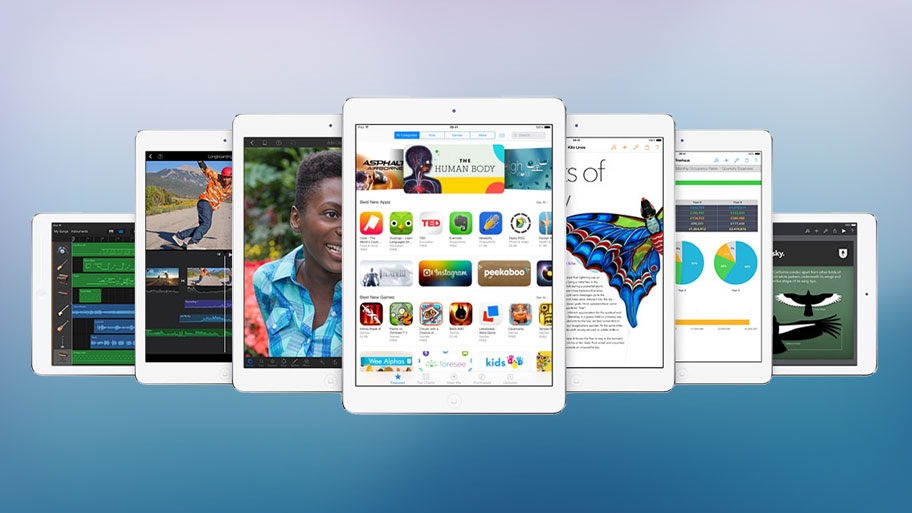
Your trusty iPad 4 and Nexus 10 might have cut it last year, but it's 2014 now and a new wave of tablets is fast approaching, with specs and features set to blow away earlier models.
More power, better screens and increasingly premium builds are just the tip of the iceberg and we've got all the latest details on all the most promising upcoming slates.
- Tablets too confusing? Here's our easy to understand tablet buying guide.
If you're feeling impatient though there have already been some high profile and high quality launches in the last few months, so head over to page two to see the best tablets you can currently get your hands on.
iPad Air 2
It's almost certain that the iPad Air 2 will be the biggest tablet launch of the year - and if it's not, we're going to see something REALLY special from the likes of Google or LG.
Seeing as it's the successor to the best and probably most popular tablet on the market right now though, the iPad Air 2 will probably take the crown.
Sadly very little is known or even rumored about the device so far. One rumor doing the rounds is that Apple might up the screen size to a beastly 12.9 inches and that the display might be more pressure sensitive, making it even more responsive to taps and swipes than it is now although that might be a more 'pro' level device cunningly called the iPad Pro (see below).
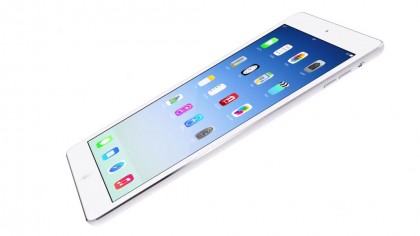
There's also talk that Apple might launch an iPen stylus alongside it and go toe to toe with Samsung's Galaxy Note range.
Get daily insight, inspiration and deals in your inbox
Sign up for breaking news, reviews, opinion, top tech deals, and more.
A KGI analyst reckons it will have an 8 megapixel camera and inherit Touch ID from the iPhone 5S, though of course as with most things analysts say this is likely to be little more than guesswork, but it does make a lot of sense.
We recently saw some images of what might be the front panel of the iPad Air 2 and while they don't reveal much they do appear to show that the display is integrated into the panel, which would potentially make the device even slimmer than the 7.5mm iPad Air and may also provide space for a larger battery.
Beyond that it seems a safe bet that the iPad Air 2 will run the upcoming iOS 8 and that it will have a retina display and a new and improved processor, likely to be dubbed A8.
As for when we'll see it, the best guess is November, as that's when the iPad Air was launched.
iPad Pro
It's only been a couple of years since Apple debuted the iPad mini but it seems like the Cupertino company is already looking at further expanding its tablet line up, this time with a larger, more work / productivity orientated slate currently referred to as the iPad Pro.
Rumors surrounding this device are all over the place and there are questions as to whether it's even happening, but assuming it is the current best guess for it is that it will have a 12.9 inch display, in which case the iPad Air 2 will probably stick with the 9.7 inch screen size of its predecessor.
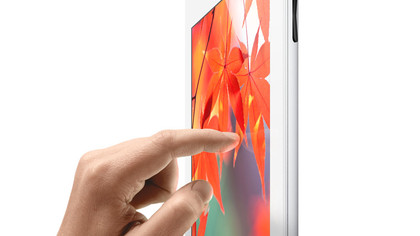
As well as upping the screen size Apple might also be upping the resolution, with talk of a 4K display doing the rounds.
The most pointed to release date seems to be late 2014, though there's a chance it might slip into next year.
It's likely to have a similar design to the iPad Air, but of course that increased screen size will probably make it heavier.
It's also likely to run iOS 8, have an improved A7X or A8 processor and have Touch ID built into the home button. While it may even come with an iPen stylus or a keyboard case. If, that is, it even exists.
iPad mini 3
We love the iPad mini 2 but sadly from what we've heard so far it sounds like the iPad mini 3 might not be much of an upgrade.
As with Apple's other new slates it's likely to run iOS 8, have an upgraded A8 processor and implement the Touch ID fingerprint scanner into the home button, but little else is known so far, if indeed there are going to be other changes.
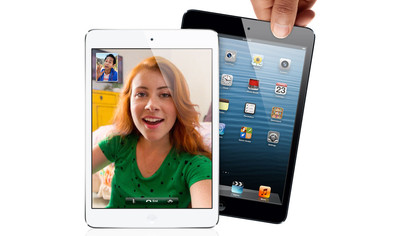
Ming-Chi Kuo, an analyst at KGI, suspects that it will be a minor update sold in limited quantities and that it will have the same form factor as the iPad mini 2, which would be a bit of a shame as that would make it thicker than the original iPad mini.
There's little in the way of release date rumors, but Kuo reckons it will arrive towards the end of the third quarter, winning the 'Well-done-we-couldn't-have-guessed-that Award'.
Apple's cycles are usually revolution-evolution-revolution-evolution, so it does seem like the next iPad mini will be iterative.
Google Nexus 10 (2014)
Google's Nexus 10 is long overdue an update, with the first and to date only model arriving in 2012. It's not clear why Google has neglected this slate when it's already made a revision to the Nexus 7, but it's thought that 2014 will be the year that the Nexus 10 is revived.
A fairly comprehensive list of specs was leaked last year, claiming that the new Nexus 10 would have a 10.055 inch 2560 x 1600 display, with a pixel density of 300 pixels per inch, which would match the original Nexus 10.
The same leak claimed it would have a quad-core Snapdragon 800 processor and 3GB of RAM and that it would come in at 258.9 x 172.6 x 7.9mm and 584g, which would be slightly lighter than the original Nexus 10 but a fair bit heavier than the iPad Air.
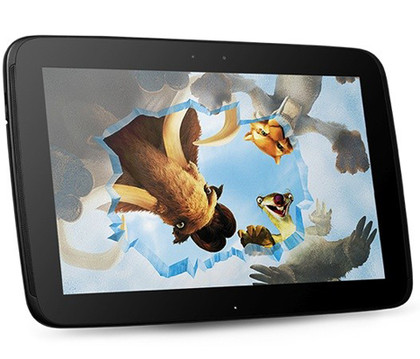
Apparently it will have 32GB of internal storage, an 8 megapixel rear camera, a 2.1 megapixel front facing snapper and a 9500mAh battery.
But having said all that the leak is from so long ago now that it's looking increasingly dubious, especially as it lists the slate as running Android 4.4, when Android 5 seems all but guaranteed at this point.
Unfortunately there's not much else to go on. The company behind it could either be Asus, LG or HTC and our best guess for a release date is mid-2014 to coincide with the launch of Android 5.
It's also likely to more or less match the price of the original Nexus 10, which would see it selling for just under AU$500, and if LG or Asus make it, then it probably won't have a premium metal build, though there's a chance that it might if HTC is in the driving seat.
Microsoft Surface Mini
There are a whole lot of questions surrounding Microsoft's rumored Surface Mini and not many answers. Current suggestions are that it will be a 7 or 8-inch device, and that it may have proper stylus support and built in gesture controls, which could track face and hand movements.
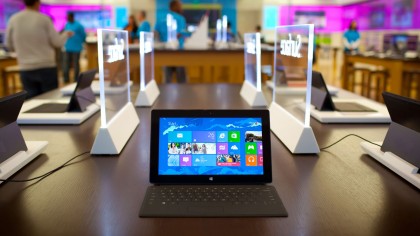
Beyond that things are a little more up in the air. We have no idea whether it will be running Windows 8 or Windows RT for example, nor is there any convincing information on what processor it will use, though the best guess at the moment is that it will pack an Intel Bay Trail CPU.
The only possible release date we've heard so far is mid-May, which is surprisingly soon for a tablet that we know so little about.
Amazon Kindle Fire HDX 2
Even less is known about the Kindle Fire HDX 2 than Microsoft's mini Surface, or whatever it ends up being called.
A report from late last year suggests that it may ditch Snapdragon processors in favour of a quad-core MediaTek CPU, but that's all we've heard and even that seems questionable given Amazon's penchant for the top-end of hardware in its flagship devices.
We can speculate that it will probably come out late in the year going on past form and that it will come in both 7 inch and 8.9 inch varieties, as those are Amazon's current go-to sizes.
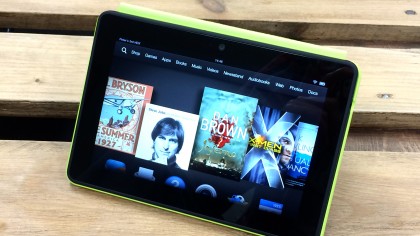
It's also likely to have a fairly wallet-friendly price tag like the previous models and the screen probably won't see a resolution boost as the Kindle Fire HDX already has a full HD display and upping it to Quad HD (3849 x 2169) is unlikely to be cost effective for Amazon at this point.
Really, for now, the Amazon Kindle Fire HDX 2 remains a mystery - the US and UK will probably have it later this year, but any Australian availability may be pushed back until next year.
James is a freelance phones, tablets and wearables writer and sub-editor at TechRadar. He has a love for everything ‘smart’, from watches to lights, and can often be found arguing with AI assistants or drowning in the latest apps. James also contributes to 3G.co.uk, 4G.co.uk and 5G.co.uk and has written for T3, Digital Camera World, Clarity Media and others, with work on the web, in print and on TV.